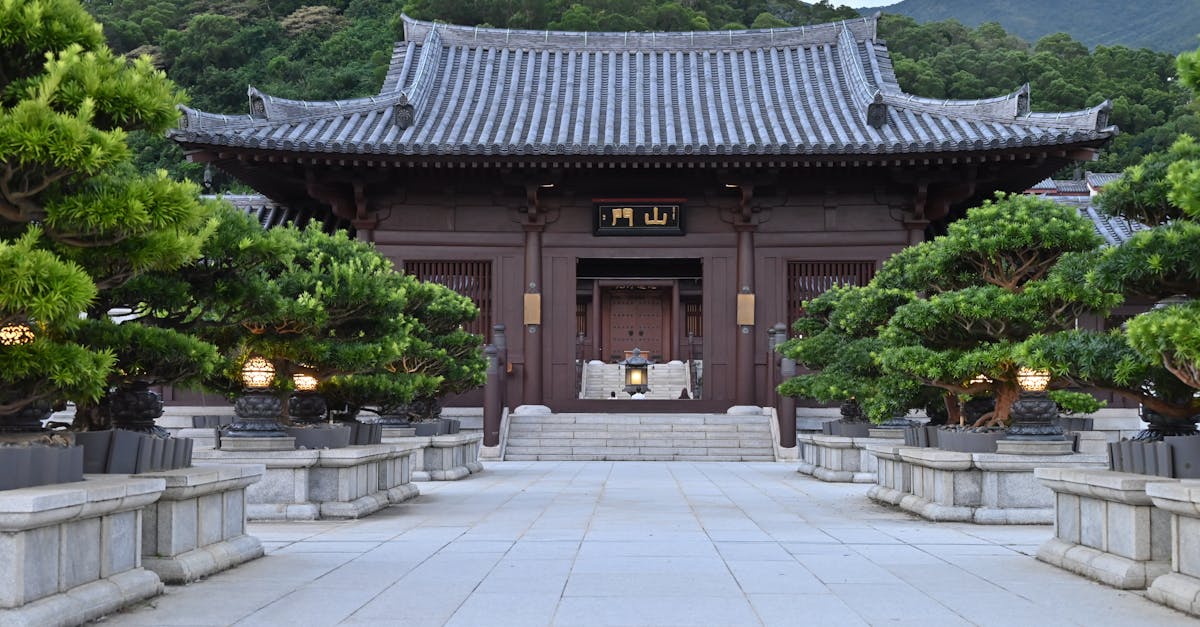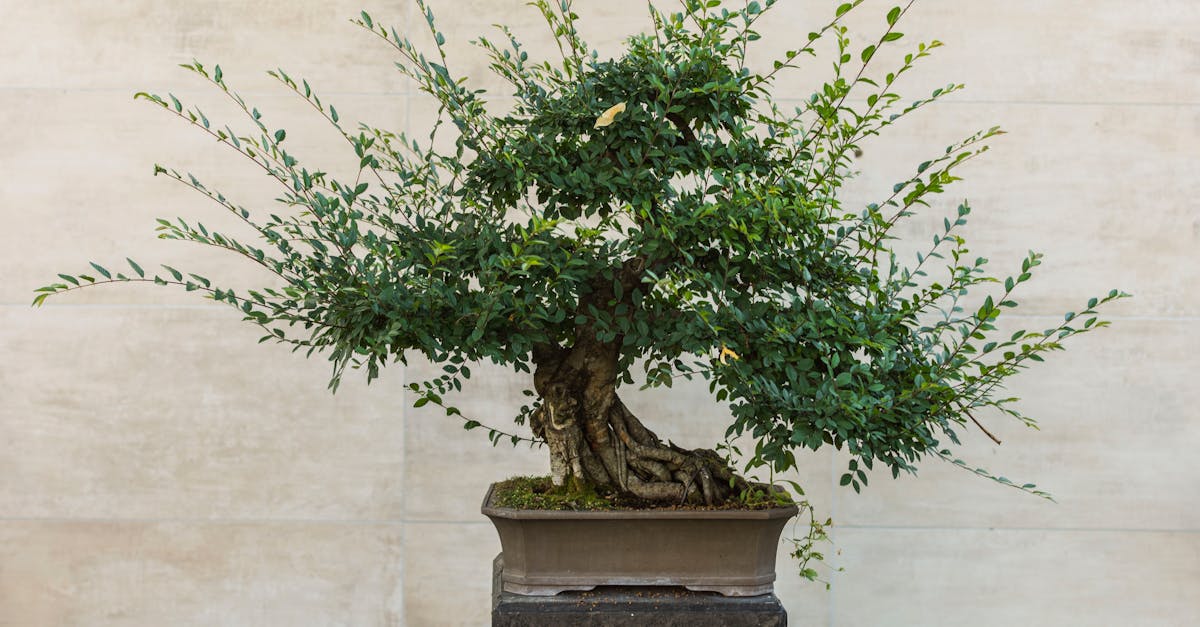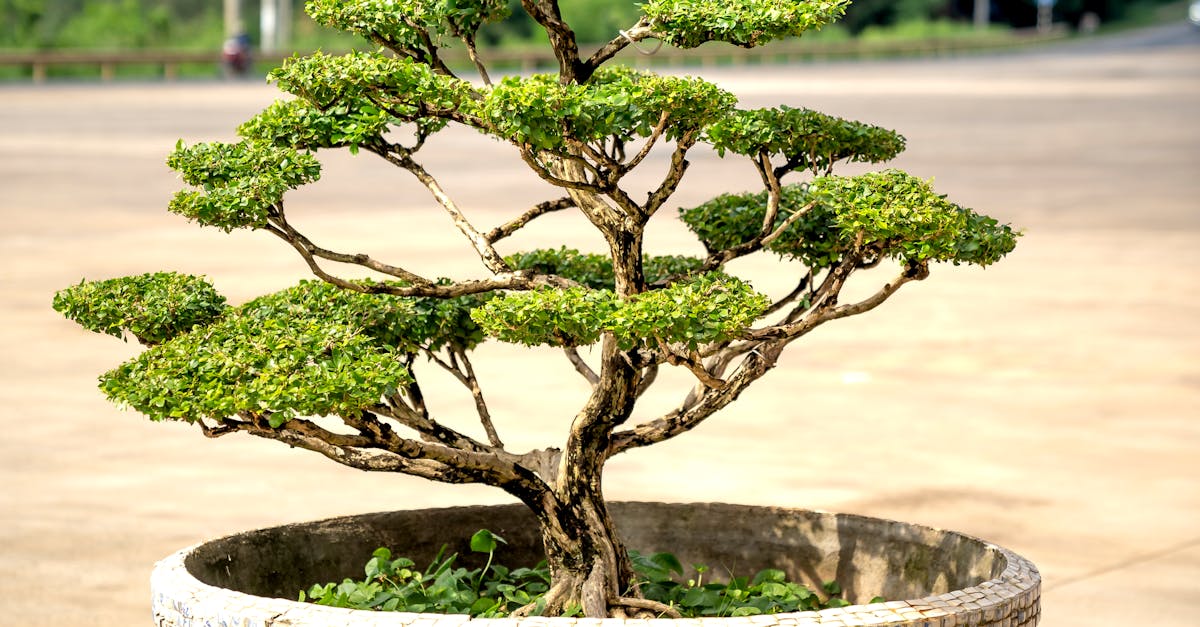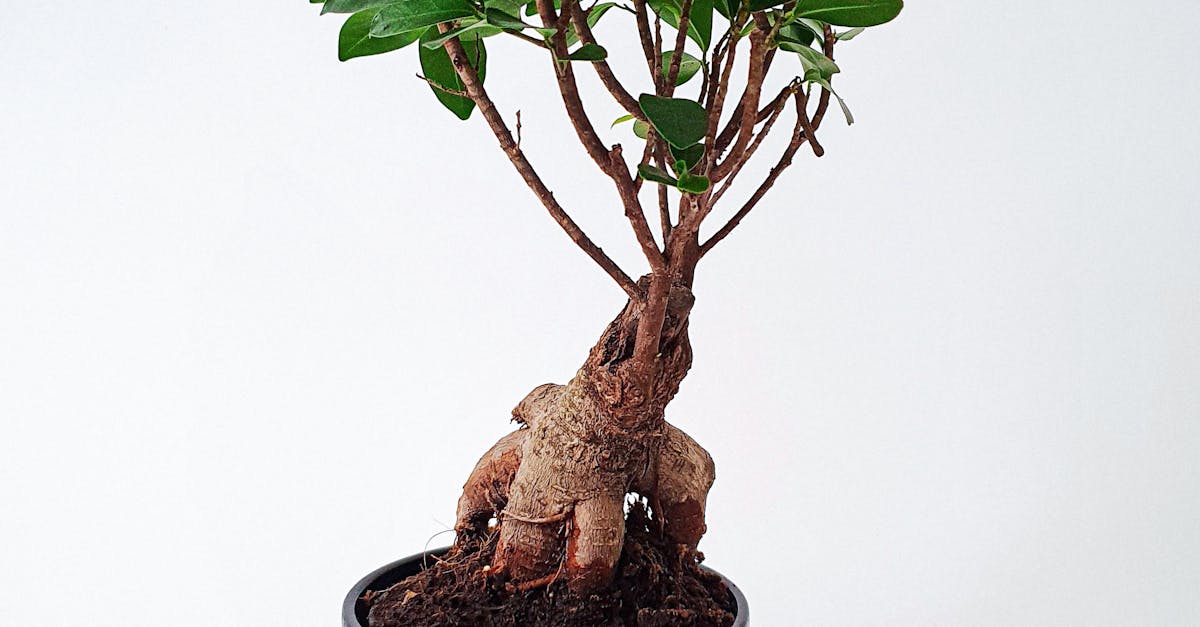The Art of Bonsai: Cultivating Serenity and Beauty in Miniature Landscapes

Immerse yourself in the enchanting world of bonsai, where ancient traditions blend seamlessly with the beauty of nature. Discover the origins and cultural significance of this timeless art form that has captivated enthusiasts for centuries. Embark on a journey of knowledge and creativity as we guide you through the intricate techniques of bonsai care, from selecting the ideal species to mastering essential pruning, wiring, and shaping methods. Prepare to create your own miniature masterpieces and delve into the art of composition and design principles to craft a harmonious and visually stunning bonsai landscape.
The Zen of Bonsai: Cultivating Miniature Landscapes
Bonsai is more than just a hobby; it is a meditative practice that fosters patience, precision, and a deep appreciation for the natural world. Originating in ancient China, bonsai has evolved over centuries, with different cultures adding their unique touches to this living art form. In Japan, bonsai became a symbol of harmony and balance, reflecting the country’s rich Zen Buddhist traditions. The meticulous care and attention to detail required in bonsai cultivation encourages practitioners to find tranquility and inner peace.
A Living Canvas for Creativity
Creating a bonsai is not merely about replicating nature; it is about interpreting it through the lens of your own creativity. Bonsai artists strive to capture the essence of a tree in miniature, using a variety of techniques to shape and style their living canvases. From the gentle curves of a weeping willow to the rugged strength of a gnarled oak, each bonsai tells a unique story. By carefully selecting species, pruning branches, and wiring limbs, you can transform ordinary plants into extraordinary works of art, creating a miniature ecosystem that invites contemplation and admiration.
1. The Essence of Bonsai: A Timeless Tradition
The Essence of Bonsai: A Timeless Tradition
Bonsai, the ancient art of cultivating miniature trees in containers, has captivated enthusiasts for centuries. Its origins can be traced back to ancient China, where Taoist monks practiced a form of bonsai called pun sai, which involved training trees to grow in unusual and contorted shapes. Bonsai was introduced to Japan in the 6th century, where it quickly gained popularity among the elite and became an integral part of Japanese culture. Japanese bonsai artists refined the techniques of pun sai and developed new styles and aesthetics, emphasizing harmony, balance, and the representation of nature in miniature.
Over the centuries, bonsai has spread to other parts of the world and has become a beloved art form practiced by enthusiasts from all walks of life. Bonsai trees are not merely decorative objects; they are living works of art that require meticulous care and attention to detail. Bonsai artists strive to create miniature landscapes that embody the beauty and spirit of nature, capturing the essence of a tree in a small and manageable form. Bonsai cultivation is a meditative practice that promotes patience, precision, and a deep appreciation for the natural world.
Bonsai trees are often adorned with miniature accessories, such as rocks, bridges, and figurines, to create a complete and harmonious composition. These accessories help to evoke a sense of scale and depth, and they can also be used to represent different elements of nature, such as mountains, rivers, and animals. Bonsai is a unique and fascinating art form that combines elements of horticulture, art, and philosophy. It is a practice that can be enjoyed by people of all ages and backgrounds, and it offers a way to connect with nature and cultivate a sense of peace and tranquility.
2. Choosing the Right Bonsai Species

Choosing the Right Bonsai Species
Selecting the right bonsai species is crucial for beginners and experienced enthusiasts alike. Different species have unique characteristics and requirements, and it is important to choose a tree that is well-suited to your skill level and環境.
Beginner-Friendly Bonsai Species:
- Chinese Elm (Ulmus parvifolia): Known for its hardiness and ability to tolerate a wide range of conditions, the Chinese Elm is an excellent choice for beginners. It responds well to pruning and wiring, making it easy to shape and style.
- Japanese Maple (Acer palmatum): Japanese Maples are popular for their beautiful foliage, which turns vibrant shades of red, orange, and yellow in the fall. They prefer well-drained soil and protection from strong winds.
- Ficus (Ficus spp.): Ficus trees are fast-growing and easy to care for, making them a good option for beginners who want to see quick results. They can tolerate a variety of conditions, but prefer warm temperatures and bright light.
Advanced Bonsai Species:
- Japanese Black Pine (Pinus thunbergii): Japanese Black Pines are known for their rugged beauty and longevity. They require more specialized care, including regular pruning and wiring, and prefer well-drained soil and full sun.
- Japanese White Pine (Pinus parviflora): Japanese White Pines are highly prized for their delicate foliage and graceful姿态. They require a cool climate and protection from strong winds, and they can be challenging to maintain.
- Azalea (Rhododendron spp.): Azaleas are popular for their beautiful flowers, which bloom in a variety of colors. They prefer acidic soil and protection from direct sunlight.
When choosing a bonsai species, it is important to consider your climate, the amount of sunlight your tree will receive, and your level of experience. It is also a good idea to research different species online or consult with a local bonsai nursery for more specific advice.
3. Essential Bonsai Techniques
Essential Bonsai Techniques
Mastering the fundamental techniques of bonsai care is essential for maintaining the health and beauty of your miniature trees. These techniques include pruning, wiring, root trimming, and repotting.
Pruning:
Pruning is a crucial technique for shaping and styling bonsai trees. It involves removing unwanted branches and leaves to create a desired shape and to promote new growth. Pruning can be done with sharp shears or scissors, and it is important to make clean cuts at the base of the branch or leaf.
Wiring:
Wiring is a technique used to bend and shape the branches of bonsai trees. It involves wrapping thin wire around the branches and securing it with pliers. Wiring can be used to create curves, bends, and other desired shapes. It is important to wire branches carefully to avoid damaging the tree.
Root Trimming:
Root trimming is an important part of bonsai care that helps to maintain the health of the tree and to control its size. It involves removing excess roots from the bottom of the root ball. Root trimming should be done carefully to avoid damaging the tree’s delicate root system.
Repotting:
Repotting is necessary when a bonsai tree outgrows its pot or when the soil becomes compacted. It involves removing the tree from its pot, trimming the roots, and repotting it in a new pot with fresh soil. Repotting should be done carefully to avoid damaging the tree’s roots.
By mastering these essential techniques, you will be able to shape and maintain your bonsai trees to create beautiful and harmonious miniature landscapes.
4. Creating a Bonsai Landscape
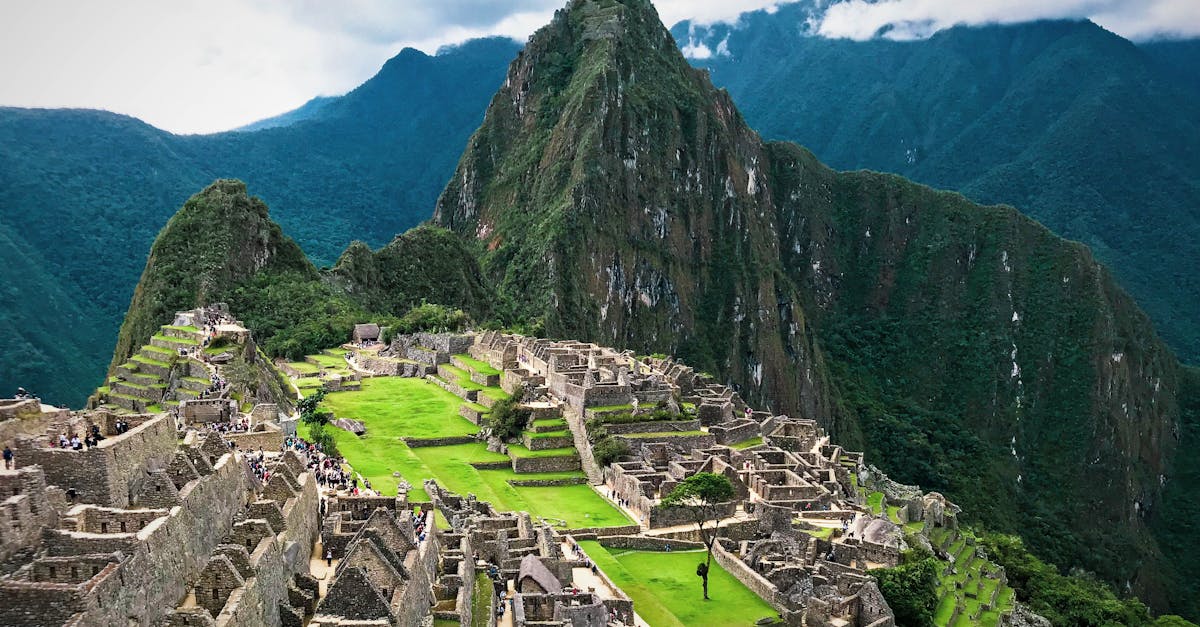
Creating a Bonsai Landscape
Creating a bonsai landscape is an art form that combines the principles of composition and design to create a harmonious and visually appealing miniature world. When creating a bonsai landscape, there are several key elements to consider, including tree placement, rock arrangement, and the use of accessories.
Tree Placement:
The placement of the tree is one of the most important elements of a bonsai landscape. The tree should be positioned in the pot in a way that creates a sense of balance and harmony. It should not be placed in the center of the pot, but rather slightly off-center to create a more dynamic composition.
Rock Arrangement:
Rocks are often used in bonsai landscapes to create a sense of depth and realism. Rocks can be placed in the pot to represent mountains, hills, or other natural features. When arranging rocks, it is important to consider their size, shape, and color. Rocks should be placed in a way that complements the tree and creates a cohesive composition.
Accessories:
Accessories can be used to add interest and detail to a bonsai landscape. Common accessories include figurines, bridges, and lanterns. Accessories should be used sparingly and should complement the overall design of the landscape.
By carefully considering the placement of the tree, the arrangement of rocks, and the use of accessories, you can create a bonsai landscape that is both beautiful and harmonious.
5. Maintaining Your Bonsai
Maintaining Your Bonsai
Maintaining your bonsai is an ongoing process that requires regular care and attention. By providing your bonsai with the proper care, you can ensure its health and longevity.
Watering:
Watering is one of the most important aspects of bonsai care. Bonsai trees need to be watered regularly, but it is important to avoid overwatering. The frequency of watering will vary depending on the type of tree, the size of the pot, and the climate. It is best to check the soil regularly and water when the soil feels dry to the touch.
Fertilizing:
Bonsai trees need to be fertilized regularly to provide them with the nutrients they need to grow and thrive. Fertilizing should be done during the growing season, which is typically from spring to fall. There are a variety of bonsai fertilizers available, so it is important to choose one that is appropriate for the type of tree you have.
Pest Control:
Bonsai trees can be susceptible to a variety of pests, including aphids, mealybugs, and scale. It is important to inspect your bonsai regularly for pests and to treat them promptly if you find any. There are a variety of pest control products available, so it is important to choose one that is safe for bonsai trees.
Seasonal Adjustments:
Bonsai trees need to be protected from the elements, especially during the winter months. In colder climates, bonsai trees should be brought indoors or placed in a greenhouse. In warmer climates, bonsai trees can be left outdoors, but they should be protected from strong winds and direct sunlight.
By following these care tips, you can ensure that your bonsai tree will thrive for many years to come.
What is the best way to choose a bonsai species for beginners?
When choosing a bonsai species for beginners, it is important to consider factors such as hardiness, ease of care, and growth rate. Some good options for beginners include Chinese Elm, Japanese Maple, and Ficus.
How often should I water my bonsai tree?
The frequency of watering will vary depending on the type of tree, the size of the pot, and the climate. It is best to check the soil regularly and water when the soil feels dry to the touch.
How can I prevent pests from damaging my bonsai tree?
To prevent pests from damaging your bonsai tree, it is important to inspect your tree regularly and to treat any pests promptly. There are a variety of pest control products available, so it is important to choose one that is safe for bonsai trees.
What are some tips for creating a harmonious bonsai landscape?
When creating a bonsai landscape, it is important to consider elements such as tree placement, rock arrangement, and the use of accessories. The tree should be placed in the pot in a way that creates a sense of balance and harmony. Rocks can be used to create a sense of depth and realism, and accessories can be used to add interest and detail.
How can I ensure that my bonsai tree will thrive for many years to come?
By providing your bonsai with the proper care, you can ensure its health and longevity. This includes watering, fertilizing, pest control, and seasonal adjustments.

